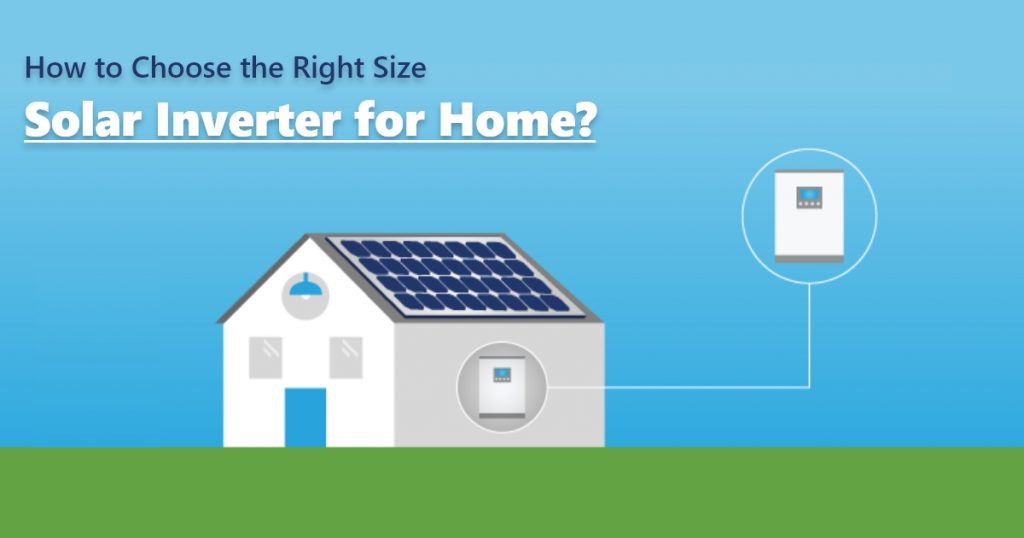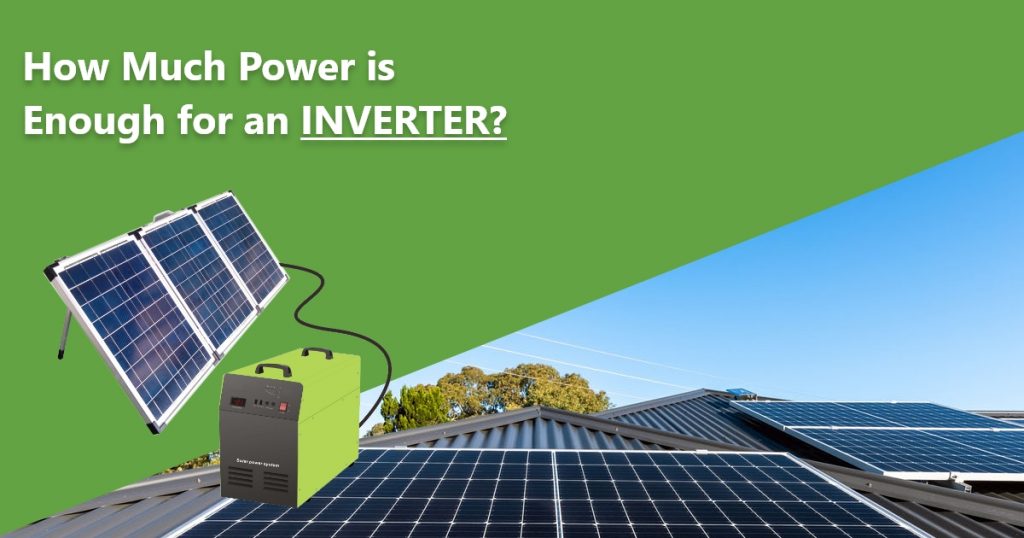How to Choose the Right Size Solar Inverter for Home?

One of the most critical components of a solar panel system is the inverter. They convert direct current (DC) electricity from your solar panels to alternating current (AC) electricity, which is used to power your appliances. The size of your inverter will play a significant influence on overall electricity production when constructing your solar panel system. In this post, we’ll look at the factors that influence solar power inverter sizing.
What is a Solar Inverter?
The solar inverters are the most important components for Home Solar Power Installation. It makes an attempt to switch from direct to alternating current. It also switches over the electricity generated by the solar panels. If you don’t do this, your solar power system won’t be able to light your entire house and power the majority of your devices.
Types of Solar Inverters?
There are different sorts of inverters available in the market:
- On-grid Inverter: This device converts DC to AC and feeds any excess energy back into the grid. The electric grid is also connected to these inverters.
- Off-grid Inverter: A battery-powered off-grid inverter converts DC to AC. Many business and residential projects can be powered by such inverters.
- Hybrid Inverter: A hybrid inverter transforms DC to AC in the same way that other types of inverters do. It can, however, be utilized with both an on-grid and an off-grid PV system.
Also Read – What is Off-Grid Solar Energy and How it Works.
How Much Power is Enough for an Inverter?

The proper size of the Solar Inverter for Home for your application is determined by the amount of power required by your devices. On electronic devices, this information is usually printed somewhere, though it may also show voltage and amperage values.
If you can locate the particular wattages for your gadgets, combine them together to arrive at a bare minimum amount. This is the least inverter that might potentially meet your demands, therefore add 10 to 20% and then buy an inverter that size or greater.
How to determine inverter size?
Solar inverters are available in a variety of sizes, both large and tiny. An inverter’s size can be measured in watts, just as solar panels (W). Installers will consider three key considerations when sizing solar inverters: the size of your solar array, your region, and site-specific variables.
Size of your solar array –
The most significant element in selecting the optimum size for your solar inverter is the size of your solar array. Because your solar inverter transforms DC electricity from the array, it must be able to manage the entire amount of power generated by the array.
As a general guideline, the size of your inverter should be comparable to the DC rating of your solar panel system; for example, if you’re building a 6kW system, the proposed inverter should be around 6000W, plus or minus a little percentage.
Also Read – How Much Does a Solar Battery Cost in Fresno California?
Know the battery your inverter needs –
A solar inverter system’s battery is its foundation. The quality of the battery has a big impact on the inverter’s performance and lifespan. “How much backup will an inverter provide?” is the next important question. or “can it run all of your stuff for how many hours?” This is referred to as the battery capacity. The backup hours are determined by the battery capacity. It’s written in Ah (Ampere Hours).
Get in touch with Top solar companies in California, and install the right size of solar inverter, today!!